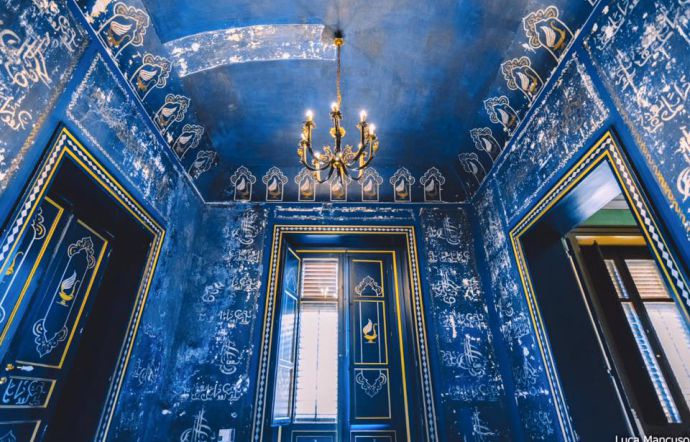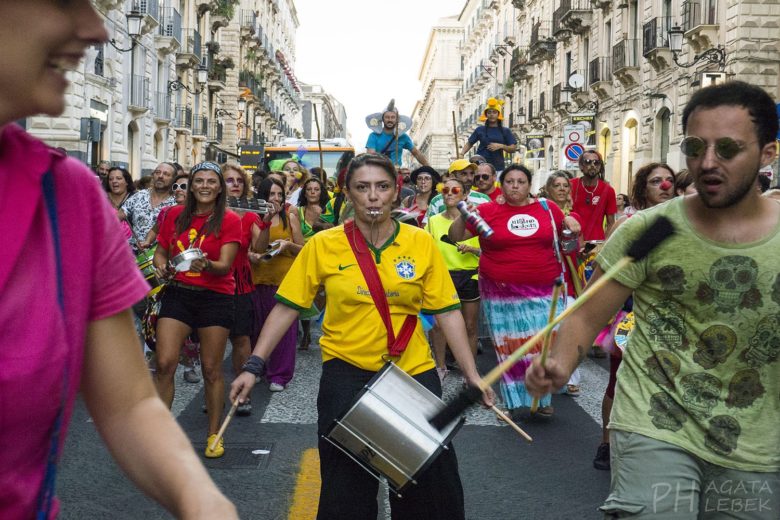From Tomasi di Lampedusa to Pirandello, by way of Sciascia, Verga and Quasimodo. Here the paths to follow great writers’ lives.
Everyone has loved and hated literature, everyone has worked hard on its pages and dreamt through its words: literature is an integral part of life and nowadays it can become cultural tourism. Sicily is one of the most popular summer destinations for the heterogeneity and beauty of its coasts and natural landscapes, for its food and wine delights, and for the traces that a long and complicated history left on its territory. However, Sicily is a land of art and poetry too, where many great writers were born and are now honoured by literary parks named after them. These parks were conceived by Stanislao Nievo, who believed that every work is strongly rooted in its author’s land.

For everything to remain the same, everything must change
One of The Leopard ‘s best known passages is the argument between Prince Fabrizio of Salina and his nephew Tancredi, who is ready to join Garibaldi’s troops and explains the choice to his uncle with the above mentioned sentence (metaphor of the controversial events that have led to Italy’s unification). The novel, which has been honoured by the great director Luchino Visconti’s movie of the same name, is the protagonist of Santa Margherita del Belice Park (Agrigento), managed by the “Terra Nostra”: a company promoting the memory of Giuseppe Tomasi di Lampedusa. The park is located near Filangeri Cutò Palace, where the well-known writer spent happy moments of his adolescence until he was 20 years old. Donna Fugata Palace, where Prince of Salina’s events were set, traced it. In addition to the park, Santa Rosalia ex-church now hosts an exposition about the tragic night of 15 January 1968, when Valle del Belice was upset by an awful earthquake. The Park also includes San Alessandro theatre, a garden, many waxworks which enliven one of the Palace’s rooms together with voices, lights and sounds designed to revive novel’s pages, and a library. Every tourist can have a guided tour which delights the senses (with local food and wine products) and the mind (with walks through those places where the writer has lived and by which was inspired).
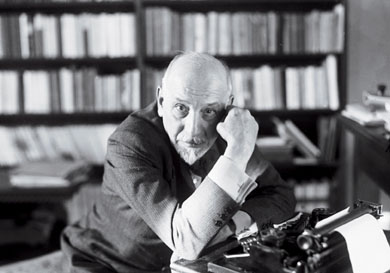
A thought instead occurred to my mind: that I was not to others who until now I have envisioned to be (inside me)
Luigi Pirandello, Nobel Prize winner in 1934, has the merit of having examined the human soul in all its contradictory parts thoroughly. The writer from Girgenti (Agrigento) was born in a district called Chaos (as if it were a sign of destiny) and his house is now a museum where you can find photographs, reviews, honours, first editions of his autographed works, paintings and theatre posters. The house, which is managed by the cultural association called “Il cerchio d’Argento”, appears between oak and olive trees, near the tomb of the author who wrote One, No One and One Hundred Thousand, in accordance with his last will. In addition to the house, there are many other places which influenced the life and work of the great writer: Porto Empedocle (where there were his father’s warehouses, who was a merchant of sulphur, and where Pirandello could observe that heterogeneous and colourful humanity which inhabits his work), the valley of Akragas (one of the major archaeological structures in Mediterranean), the small Kolimbetra Akragatina valley, Agrigento (especially San Nicola Church which holds the wood crucifix described in his novella Lord of the Ship), Marina di Girgenti and the sulphur mine Taccia-Caci (in the territory of Aragona), which was Pirandello’s family’s instrument of enrichment and then impoverishment. The flooding that damaged this sulphur mine in 1903 brought Pirandello and his wife to financial disarray, even though from these economic difficulties his masterpiece The Late Mattia Pascal was born.
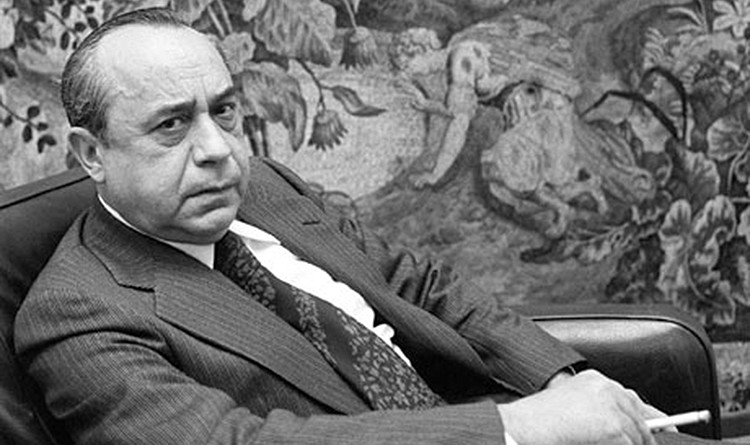
And what we call humanity, and we have a great deal to say humanity, a beautiful word full of wind, I divide into five categories: men, half men, ominicchi, piglianculo and quacks
Once again the province of Agrigento is protagonist of another literary park that recalls characteristic places of Leonardo Sciascia’s life and work. In Racalmuto, author’s birthplace, there is the foundation which promotes and organizes cultural activities. The foundation’s building includes a rich library, a gallery of 200 portraits of writers, the correspondence between Sciascia and the greatest Italian intellectuals of the post-war period, articles of many newspapers about the writer’s activities. The path reaches the province of Caltanissetta, where the author, who also reported on mafia, was a teacher and took inspiration by sulphur mines for his tale Saturday Salary, where he described the exploitation of miners who worked in a sector in crisis.

Everyone is alone on the hearth of the earth/pierced by a sunbeam:/and suddenly it’s evening
Quasimodo, Nobel Prize winner in 1959, was born in Modica, however, he spent his early years of life in different parts of Sicily following his father, stationmaster of the State Railway, until 1919, when he moved to Rome. In the antique railway station of Roccalumera (where there is the main location of “Club of Quasimodo’s friends”) you can see many mementos (like the diploma he earned at the University of Messina), his private correspondence with Italian and foreign intellectuals, videos of Rai cases and foreign TV channels (such as the Nobel Prize ceremony). The path reaches the train-museum. Not far from Quasimodo Park the Saracen Tower appears, by which the poet was inspired for his composition Next to a Saracen Tower, in memory of his brother Enzo, who died when he was young because of an illness. Into the Tower it is possible to see the movie My hedge is Sicily, which tells about Quasimodo’s life in Roccalumera through his poems, and the exhibition of the famous “guaches”, which are watercolours painted by the same poet to remember his childhood in Roccalumera. Finally, in Roccalumera there is also a Garden Museum, where five goods wagons have been parked and resemble those where Quasimodo and his family lived after the earthquake which damaged Messina in 1908, as the poet told in his poetry To father.
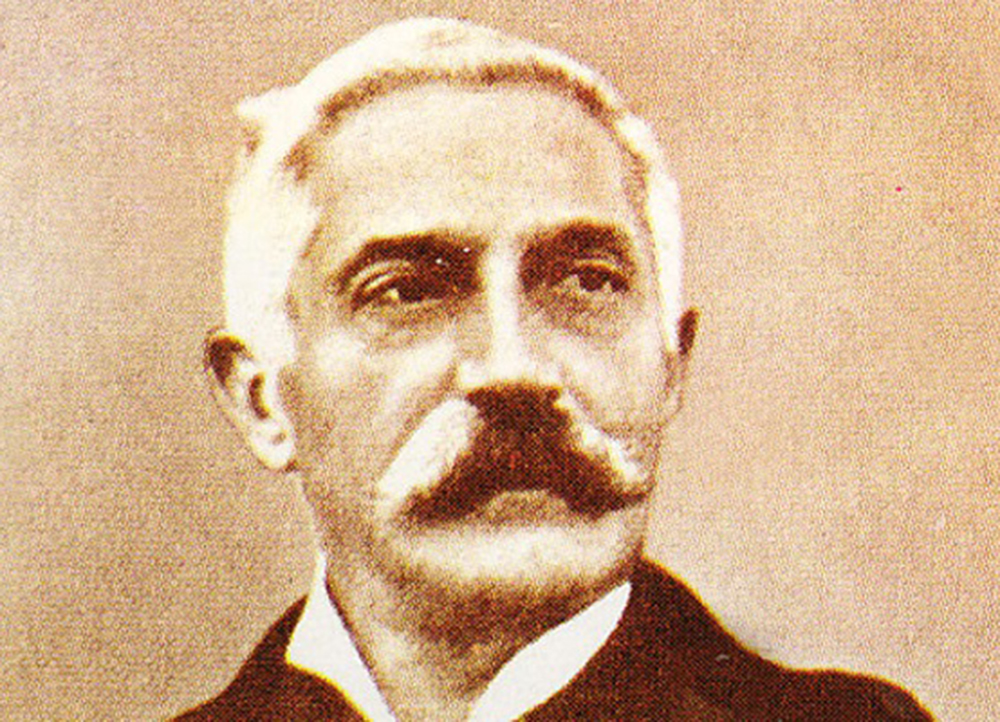
Malavoglia once were numerous as the stones of the old street in Trezza
Giovanni Verga literary Park runs through Cyclops coast and Vizzini. The latter, maybe Giovanni Verga’s birthplace, is the preferred set of many tales and of the novel Mastro Don Gesualdo for its buildings, churches and alleys. The feudal aristocracy, which enlivens this masterpiece of Verismo, moves through the buildings of Vizzini like Trao Palace (via Santa Maria dei Greci), Mastro Don Gesualdo House, Rubiera Palace, La Guarna Palace and the famous Cunziria (called “Canziria” in the novel), which is an example of industrial archeology. The path of Verga’s life and art reaches the Cyclops coast, that you can observe from the sea on a steamer which leaves from AciTrezza port. This fishing village is the set of the novel I Malavoglia, and also the cinematographic set of Visconti’s movie The Ground Shakes, which is inspired by the novel. Signs of the relation with literature and cinema are preserved in the house-museum del Nespolo (medlar), an old dwelling next to San Giovanni Church and characterized by the typical Sicilian architectonic structure of the mid 19th century. The museum consists of two rooms: in the first one there are photographs and posters of Visconti’s movie, in the second one, dedicated to the novel, there are records of the fishermen world of Trezza of the mid 19th century, photos taken by Verga and the letters written to his brother Pietro. In Catania (Via Sant’Anna) you can visit Giovanni Verga house-museum which preserves his office and library.
Translated into English by Daniela Marsala


